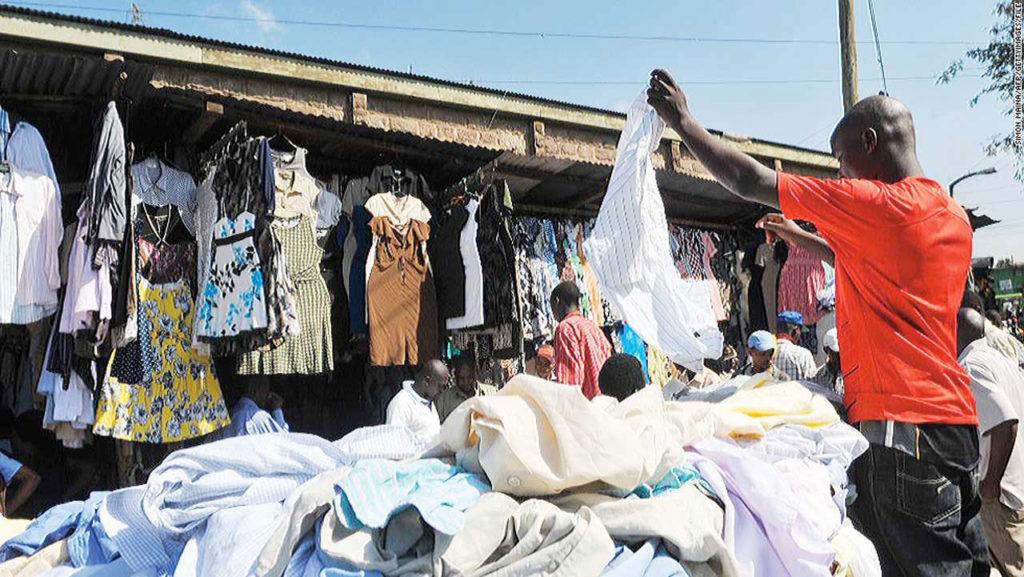
Kenya has emerged as the largest importer of second-hand clothes in Africa, earning the unfortunate distinction of being an easy dumping ground for used apparel while struggling to revive its collapsed textile industry.
According to the latest trade data compiled by the United States-based Massachusetts Institute of Technology (MIT), Kenya imported second-hand clothes and textiles worth Sh38.5 billion ($298 million) in 2023, making Kenya the continent’s leading buyer of mitumba, the Kiswahili term for second-hand clothing, surpassing Nigeria at number four.
The imports represent a 12.45 per cent increase from Sh34.28 billion ($265 million) in 2022, as shipments of used garments continue to flood the Kenyan market, meeting the growing demand for affordable clothing.
In 2023, Ghana ranked as the second-largest importer of second-hand clothes, with imports valued at Sh30.4 billion. South Africa followed at Sh29.4 billion, with Uganda at Sh27.2 billion, and Nigeria at Sh27 billion.
According to the report, Kenyan mitumba traders import various categories of second-hand clothes, including underwear, dresses, shirts, trousers, jackets, and shoes. Additionally, other used textiles such as bedding, towels, curtains, fabric scraps, and industrial rags also enter the country.
“I think we have not been intentional about growing the textile sector,” Tobias Alando, Chief Executive Officer of the Kenya Association of Manufacturers, stated.
An analysis of MIT’s Observatory of Economic Complexity indicates that in 2022, Kenya’s imports of second-hand clothes and textiles were nearly equal to Nigeria’s at Sh34.5 billion ($265 million), with South Africa ranking third at Sh33.76 billion ($261 million).
In 2021, South Africa was the leading importer of used clothes and textiles, though the country restricts such imports, except for specific purposes such as manufacturing industrial wiping rags or donating to registered charities.
Despite Nigeria’s official ban on the importation of used clothes, analysts note that they continue to be smuggled into the country from neighbouring regions.
Some officials in Kenya’s Ministry of Trade, speaking anonymously, suggest that a large portion of Kenya’s mitumba imports may be destined for neighbouring countries. “They are crossing the borders,” said one official.
Kenya’s situation is further complicated by its reliance on the African Growth and Opportunity Act (AGOA), a policy that grants eligible African nations duty-free access to the US market. To maintain AGOA privileges, particularly for textiles, Kenya must permit the importation of mitumba, a significant portion of which originates from the United States.
The post Kenya emerges Africa’s largest importer of second-hand clothes appeared first on Vanguard News.








